What is MGO in Manuka Honey?
When you look at your jar of Manuka Honey, you will usually see a number rating such as 83+, 265+ or 1200+ at the front of the jar. But what do these numbers mean?
MGO (or Methylglyoxal) is the natural compound found in Manuka honey that gives its unique superpowers. This compound is an important measure of the honey’s potency and its antibacterial properties. The higher the MGO level, the more concentrated, and therefore more powerful, the Manuka honey is.
In this article, we’ll explore more about the role of MGO in Manuka Honey, How MGO is produced, what MGO Manuka Honey is best for your needs, and we’ll also explain other labels to look for when buying Manuka honey such as UMF.
What is MGO?
MGO, or methylglyoxal, is a naturally present compound in Manuka honey that contributes to its antibacterial properties. While MGO is not unique to just Manuka honey, the MGO levels in Manuka do naturally develop significantly higher compared to other New Zealand honey’s. This is what makes it distinctive and highly regarded.
The level of MGO is also an important measure of the strength and potency of Manuka honey. The higher the MGO level, the more concentrated, and therefore more powerful, the Manuka honey is.
How MGO Develops in Manuka Honey
The formation of MGO begins inside the Manuka flower. The nectar of the Manuka flowers contains a naturally occurring compound called dihydroxyacetone (DHA). When bees collect the nectar and produce honey, the DHA present gradually converts into methylglyoxal (MGO).
This transformation continues after harvest, which means that over time, DHA decreases while MGO levels rise. Factors such as storage conditions and age can influence this process, which is why testing and certification are important for accurately determining a jar’s MGO content.
Understanding the MGO rating
The best Manuka honey to buy with the right MGO levels is a personal choice and depends on your intended use. Whether you want to enjoy New Zealand Manuka honey in your daily meals or selecting a high-grade honey where a little spoonful goes a long way due to the very concentrated levels of MGO.
Entry level Multifloral Manuka Honey (MGO 50+, MGO 100+)
This is a multifloral honey, which means the Manuka nectar is blended with other wildflower nectars (think Pohutukawa, Rewarewa, Kāmahi, Rata etc) to create a creamy, indulgent honey. This entry level option is perfect as a natural sugar alternative in drinks, breakfasts, and cooking.
Mid-Range Monofloral Manuka Honey (MGO 83+ to MGO 265+)
With higher levels of MGO, this range of monofloral Manuka honey contains pure Manuka Honey, with no other floral sources added. It also contains the UMF™ quality mark for authenticity. With a rich, earthy flavour, it is often enjoyed stirred into warm drinks or drizzled over your favourite breakfast.
High-grade Monofloral Manuka Honey (MGO 575+ to MGO 1200+)
With MGO levels now climbing over 570+, this high concentration means ‘less is more’ for this range. Simply enjoy the bittersweet, dark toffee tasting notes of this high-grade New Zealand Manuka Honey straight off the spoon.
Looking beyond MGO: What is UMF?
So what is the difference between MGO and UMF ratings? While MGO is a unique compound found within Manuka Honey, UMF stands for Unique Mānuka Factor and is the leading, independently certified quality assurance system for New Zealand Manuka honey. Recognised worldwide, it verifies three other key factors in the honey alongside MGO levels. These include:
-
Authenticity - tested by the presence of Leptosperin, unique to Manuka nectar.
-
Freshness - this is checked through levels of Hydroxymethylfurfural (HMF), which indicates storage conditions of the honey.
-
Shelf life - measured by Dihydroxyacetone (DHA), a compound that converts into MGO over time
-
Potency - the actual concentration of MGO, confirming the honey’s antibacterial strength.
Products bearing the UMF™ trademark must meet strict standards set by the Unique Mānuka Factor Honey Association (UMFHA), ensuring consumers can trust the strength and quality of every jar.
Egmont Honey is a certified member of The UMF Honey Association, so any of our pure Manuka Honey with a UMF badge is tested and verified by a UMFHA approved laboratory before going to market. This means you can trust you’re getting 100% pure and authentic Manuka Honey from us.
MGO VS UMF COMPARISON TABLE
|
UMF™ |
MGO |
|
- |
|
|
- |
|
|
85 |
|
|
265 |
|
|
12+ |
354 |
|
15+ |
512 |
|
575 |
|
|
18+ |
700 |
|
830 |
|
|
1046 |
|
|
24+ |
1119 |
|
1200 |
|
|
27+ |
1360 |
Conclusion
MGO is at the heart of what makes Manuka honey from New Zealand so unique. It’s the superstar compound that gives Manuka honey its fame, and the numbers on the label are your guide to understanding just how concentrated it is.
By also looking for UMF certification alongside the MGO number, you can be confident that your jar of Manuka honey is genuine, tested, and held to the highest quality standards. Explore our range of authentic New Zealand Manuka honey here.




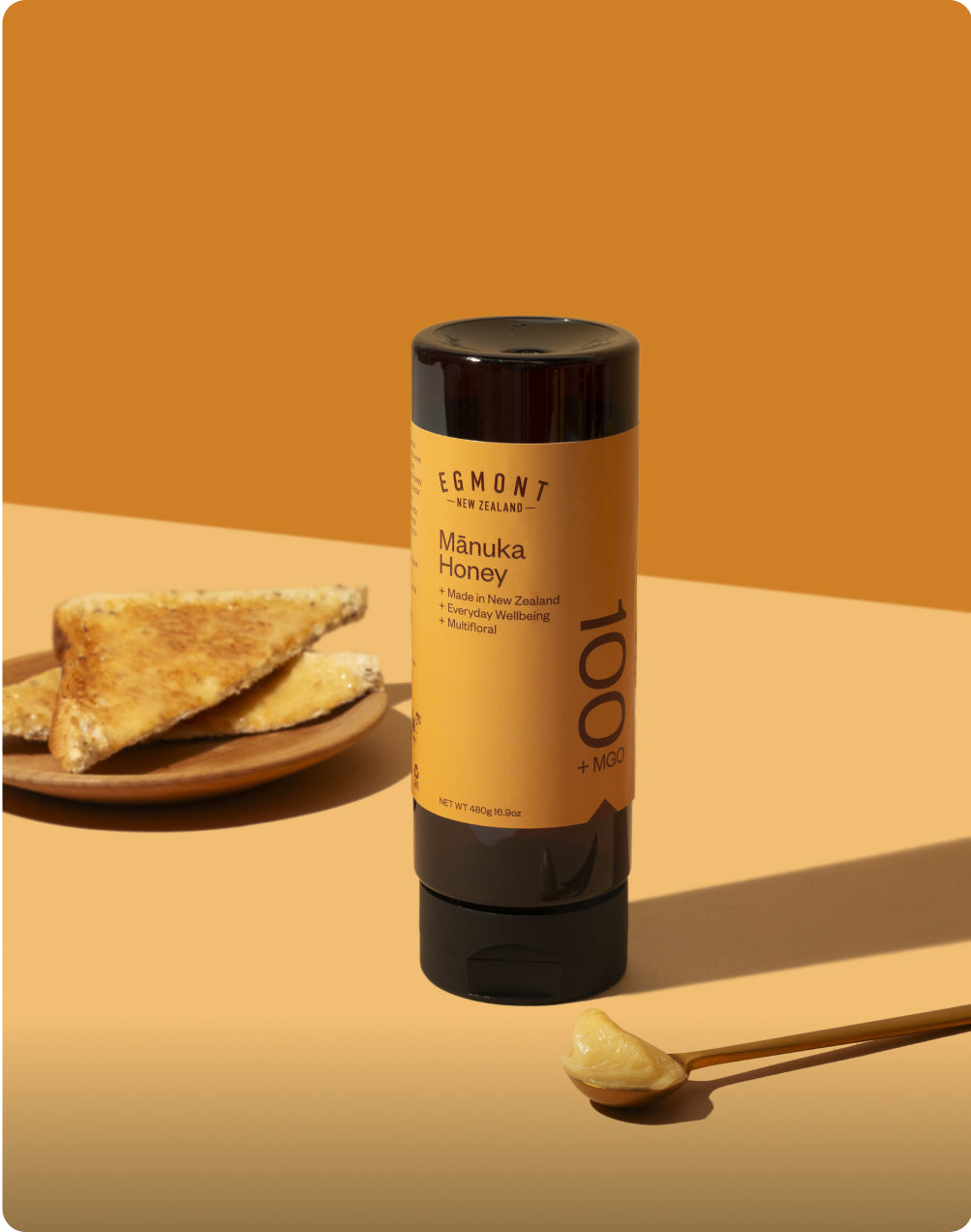
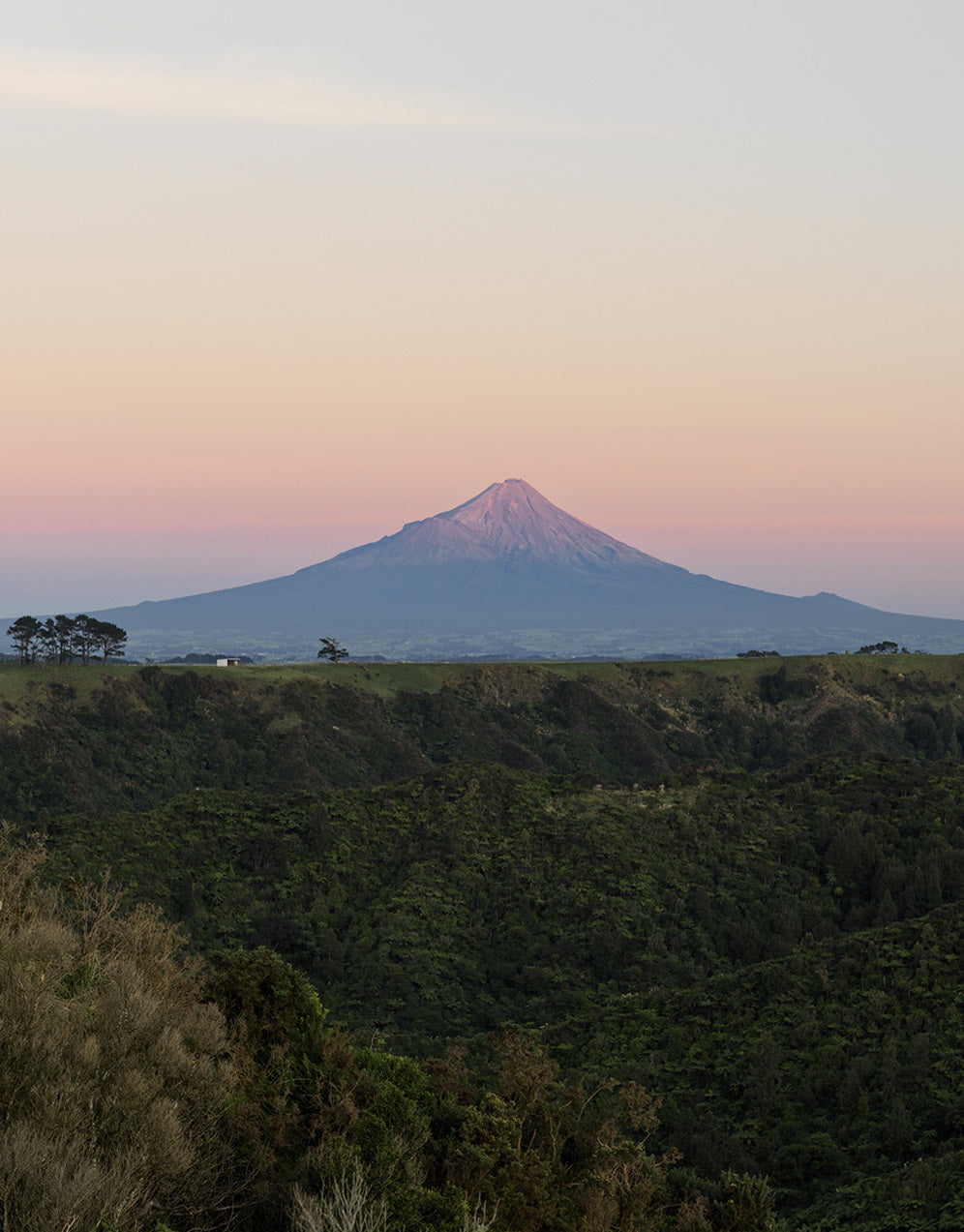
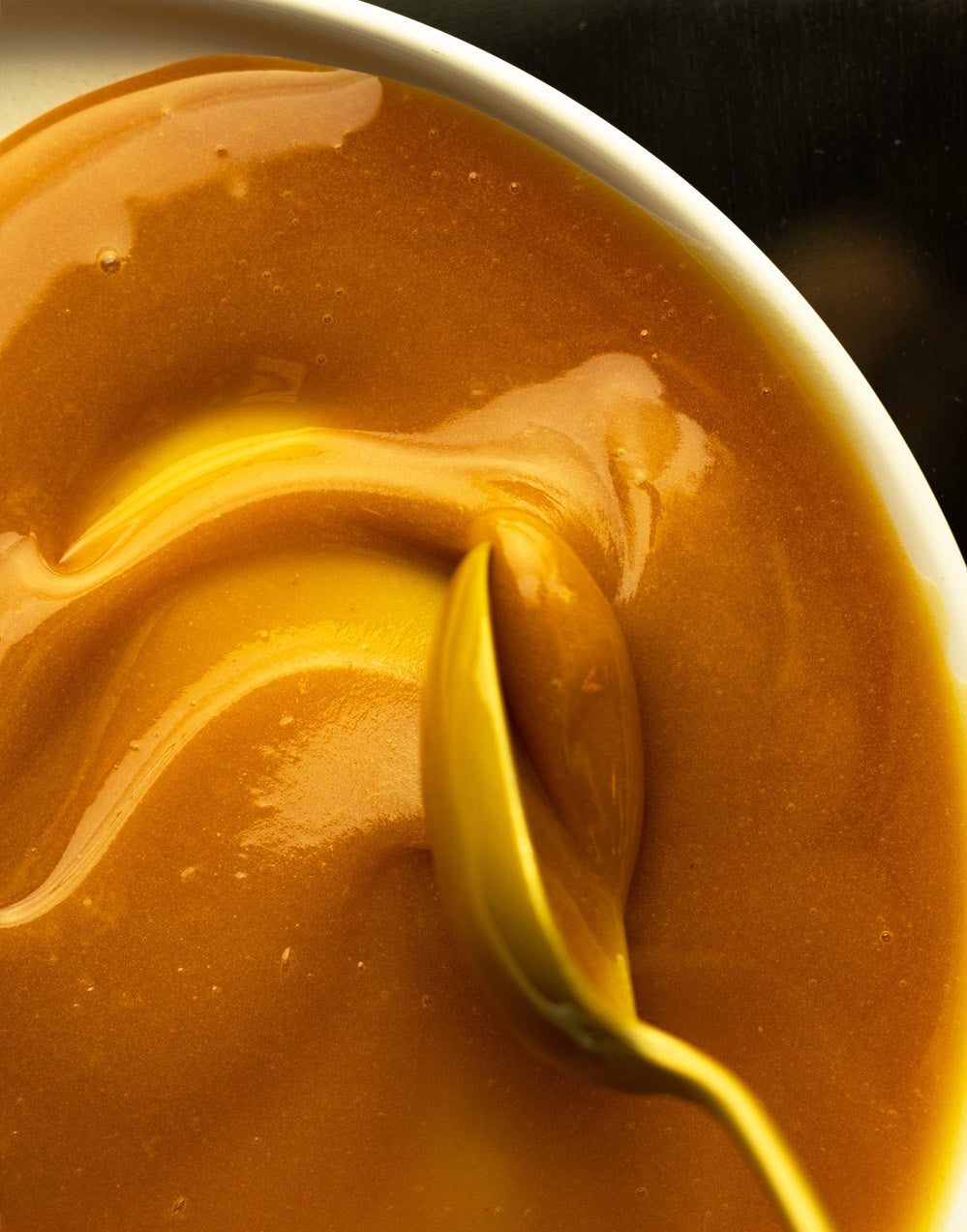
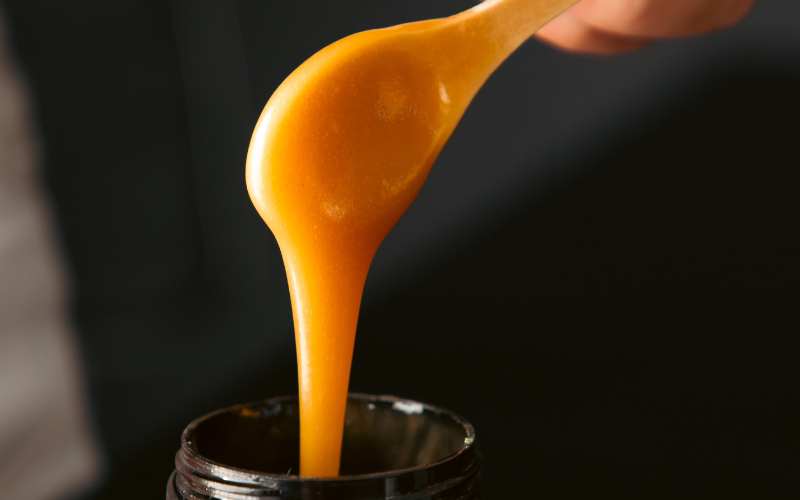
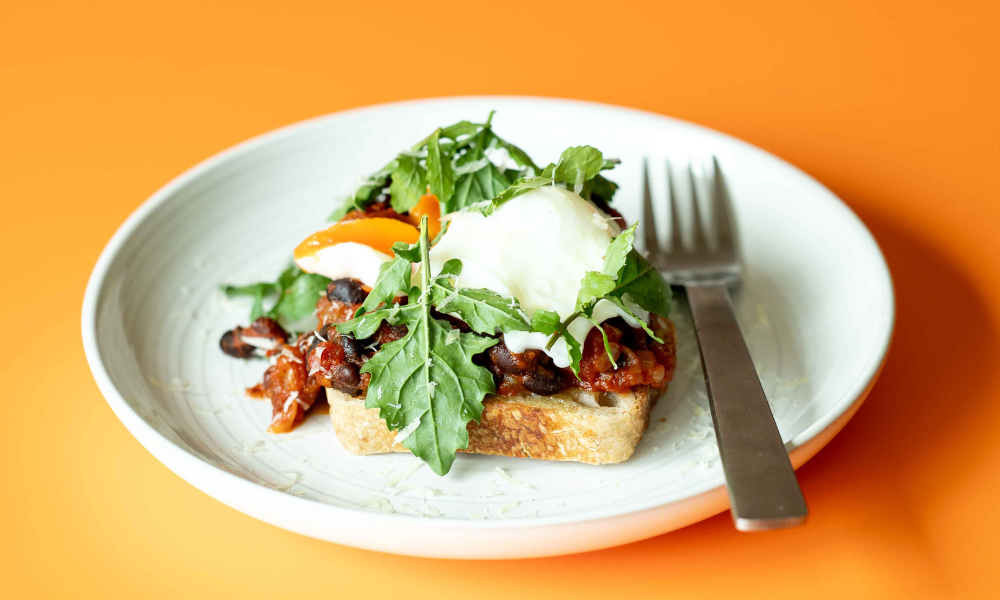

Leave a comment
This site is protected by hCaptcha and the hCaptcha Privacy Policy and Terms of Service apply.